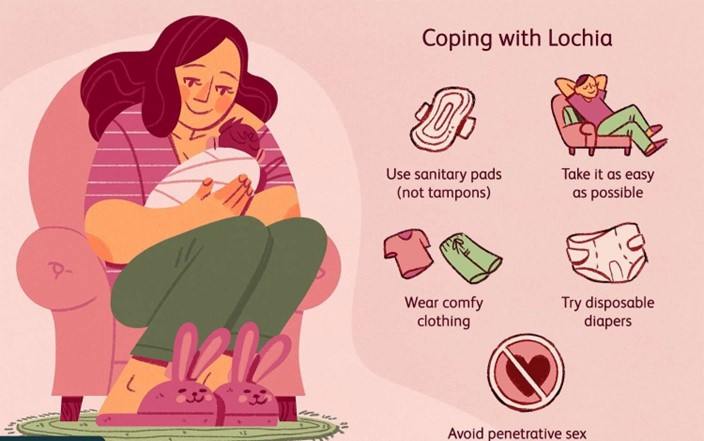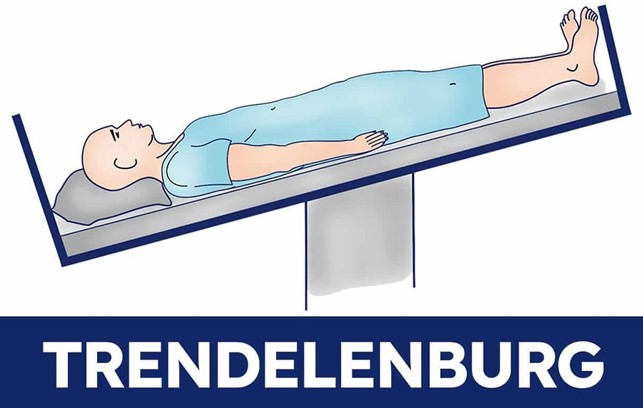A nurse is collecting data from a postpartum client and notes the client's fundus is boggy and displaced to the right. Which of the following actions should the nurse take?
Position the client on her left side.
Encourage the client to perform Kegel exercises.
Ask the client to rate her pain.
Assist the client to the bathroom to void.
The Correct Answer is D
Choice A reason: Position the client on her left side is incorrect, as this action is not indicated for a client who has a boggy and displaced fundus. Positioning the client on her left side can enhance uterine blood flow and placental perfusion, but it does not address the cause of uterine atony or bladder distension.
Choice B reason: Encourage the client to perform Kegel exercises is incorrect, as this action is not indicated for a client who has a boggy and displaced fundus. Kegel exercises can strengthen the pelvic floor muscles and prevent urinary incontinence, but they do not affect the uterine tone or position.
Choice C reason: Ask the client to rate her pain is incorrect, as this action is not a priority for a client who has a boggy and displaced fundus. Asking the client to rate her pain can provide information about the need for analgesics, but it does not address the risk of hemorrhage or infection due to uterine atony or bladder distension.
Choice D reason: Assist the client to the bathroom to void is correct, as this action can resolve the problem of a boggy and displaced fundus. A boggy and displaced fundus indicates uterine atony and bladder distension, which can interfere with uterine contraction and involution and increase the risk of hemorrhage and infection. The nurse should assist the client to empty their bladder and then massage the fundus until it becomes firm and midline.
Nursing Test Bank
Naxlex Comprehensive Predictor Exams
Related Questions
Correct Answer is A
Explanation
Choice A reason: This is the most appropriate response because it reassures the client that the amount of lochia she passed is normal and expected after lying down for a long time. Lochia is the vaginal discharge that occurs after childbirth, consisting of blood, mucus, and uterine tissue. It usually decreases in amount and changes in color over time, from red to pink to brown to yellow.
Choice B reason: This is an incorrect response because it implies that the client has a complication that requires further evaluation. Retained placental fragments can cause excessive bleeding, infection, and uterine atony. The nurse should not alarm the client with this possibility without evidence.
Choice C reason: This is an incorrect response because it contradicts the normal patern of lochia. The amount of lochia usually decreases during the postpartum period, not increases. If the client has an increase in lochia, it could indicate a problem such as infection, subinvolution, or hemorrhage.
Choice D reason: This is an incorrect response because it confuses the client with unrelated information. Urinary tract infections are not associated with increased lochia. They are caused by bacteria entering the urinary tract and can cause symptoms such as dysuria, frequency, urgency, and hematuria. The nurse should not suggest that the client has a urinary tract infection without evidence.

Correct Answer is D
Explanation
Choice D reason:
Placing the client in a knee-chest or Trendelenburg position is the first action the nurse should take, as it can relieve pressure on the cord and prevent compression and fetal hypoxia. The nurse should also use a sterile gloved hand to hold the presenting part off the cord.
Choice A reason:
Preparing the client for an emergency cesarean birth is an important action, as it can facilitate prompt delivery and prevent fetal compromise. However, this is not the first action the nurse should take, as it does not address the immediate problem of cord prolapse.
Choice B reason:
Covering the cord with a sterile, moist saline dressing is an important action, as it can prevent drying and infection of the cord. However, this is not the first action the nurse should take, as it does not address the immediate problem of cord compression.
Choice C reason:
Explaining to the client what is happening is an important action, as it can provide emotional support and education for the client. However, this is not the first action the nurse should take, as it does not address the immediate problem of cord prolapse.

Whether you are a student looking to ace your exams or a practicing nurse seeking to enhance your expertise , our nursing education contents will empower you with the confidence and competence to make a difference in the lives of patients and become a respected leader in the healthcare field.
Visit Naxlex, invest in your future and unlock endless possibilities with our unparalleled nursing education contents today
Report Wrong Answer on the Current Question
Do you disagree with the answer? If yes, what is your expected answer? Explain.
Kindly be descriptive with the issue you are facing.
